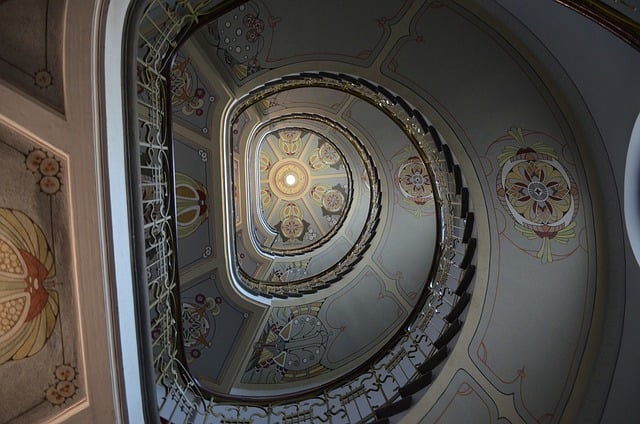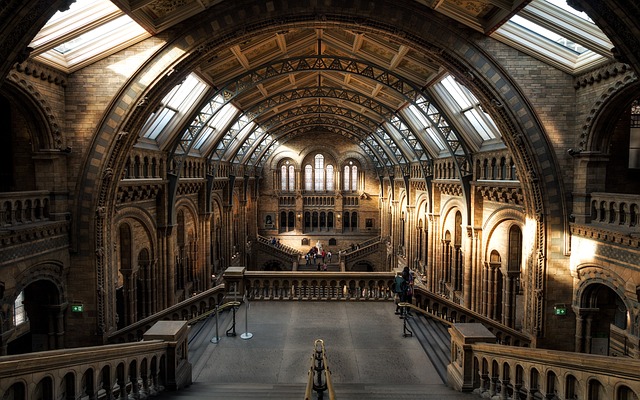Virtual Museums Tour: Travel the World from Your Living Room
In an era where technological advancements have transformed nearly every aspect of our lives, the realm of art and culture is no exception. Virtual museum tours have revolutionized the way we experience art and history, allowing individuals to embark on global cultural excursions without ever leaving the comfort of their homes. This article explores the fascinating world of virtual museum tours, detailing their significance, the technology behind them, and the multitude of benefits they offer to history and art enthusiasts.
The Rise of Virtual Museums
While museums have existed for centuries, largely confined to physical locations, the recent explosion of digital technology has enabled the emergence of virtual museums. The COVID-19 pandemic accelerated this trend, as many museums were forced to close their doors to the public. As a response, institutions worldwide embraced digital platforms to reach audiences who were eager for cultural engagement. Virtual tours emerged as a solution to connect art lovers with their favorite institutions from the safety of their homes.
Understanding Virtual Museum Tours
Virtual museum tours are digital platforms that allow individuals to explore museum exhibits, collections, and artifacts through an online interface. These tours often feature high-resolution images, 360-degree views, audio guides, and interactive elements that mimic the experience of visiting a physical museum. They offer viewers a chance to explore various galleries, view detailed information about individual pieces, and even participate in live events and lectures hosted by museum professionals.
The Technology Behind Virtual Museum Tours
The development of virtual tours relies heavily on sophisticated technology—ranging from high-definition photography and videography to immersive 3D rendering and virtual reality (VR). Among the key technologies involved are:
1. High-Resolution Imaging
High-resolution photos provide viewers with clear and detailed visuals of artworks, allowing them to appreciate intricate brushstrokes and textures that might not be visible in a traditional setting. Museums often employ professional photographers to capture pieces in controlled lighting to enhance visibility.
2. 360-Degree Displays
360-degree tours give users the ability to navigate through a space as if they were physically present. Using panoramic photography, these experiences create a sense of immersion and engagement, allowing visitors to explore multiple angles of displays and rooms.
3. Virtual Reality (VR)
For those seeking the most immersive experience, VR technology transports users into a fully-rendered 3D environment. Wearing VR headsets, individuals can walk through galleries, interact with exhibits, and perceive the space in ways that mimic a physical visit.
4. Augmented Reality (AR)
AR enhances the viewing experience by overlaying digital information onto real-world environments. For museums, this could include detailed insights about artwork or historical context when viewed through a smartphone or AR glasses.
5. Interactive Elements
Many virtual tours incorporate interactive features such as clickable hotspots, quizzes, and even gamified experiences where visitors can earn rewards or badges for exploring different sections of the museum.
The Benefits of Virtual Museum Tours
Virtual museum tours have opened new avenues for education, accessibility, and engagement. Here are some key benefits:
Accessibility
One of the most significant advantages of virtual tours is their accessibility. Individuals with physical disabilities, geographical limitations, or financial constraints can enjoy rich cultural experiences that were previously out of reach. Virtual tours ignore the barriers of distance and cost, ensuring that everyone can appreciate art and history.
Education
Virtual museums become powerful educational tools. Students can explore historical artifacts, engage with interactive timelines, and delve into in-depth studies of art movements. Educators can utilize virtual tours as supplementary materials in their curricula, enhancing the traditional learning experience.
Cultural Exchange
Exploring virtual museums allows for cultural exchange on a global scale. Individuals can examine works from renowned institutions in different countries, gaining insights into diverse artistic styles and historical contexts without the constraints of traveling. This exposure promotes cultural appreciation and understanding.
Cost-Effective Exploration
Visiting physical museums can involve travel expenses, admission fees, and other costs. Virtual tours often provide free or low-cost access, enabling anyone to explore world-famous art collections at a fraction of the price. This democratization of culture empowers individuals from all walks of life to engage with the arts.
Popular Virtual Museum Tours
Numerous world-renowned institutions have embraced virtual tours, providing a wide array of experiences. Some notable examples include:
The Louvre Museum offers virtual tours that allow visitors to explore iconic exhibits such as the Mona Lisa and the Venus de Milo. Featuring detailed descriptions, these tours give insight into each piece’s historical significance.
The British Museum provides an extensive online collection showcasing artifacts from ancient civilizations, including interactive 3D models that bring history to life.
At the Van Gogh Museum, art enthusiasts can stroll through exhibitions featuring the famous artist’s masterpieces while learning about his life and influences through engaging multimedia content.
The Uffizi Gallery in Florence offers a virtual experience where viewers can admire Renaissance art and view highlights from its rich collection, including works by Botticelli and Michelangelo.
The Future of Virtual Museum Tours
As technology continues to advance, the future of virtual museum tours looks promising. We can anticipate more immersive experiences, as institutions explore new ways to engage audiences through innovations in VR and AR. Additionally, there may be an increase in partnerships between museums and technology companies, creating a collaborative space for creativity and cultural preservation.
Conclusion
Virtual museums are changing the landscape of cultural exploration, granting everyone the opportunity to travel the world from their living rooms. By breaking down geographical, physical, and financial barriers, these digital platforms ensure access to art and history on a global scale. As we continue to embrace the interconnectedness of the digital age, we can expect virtual tours to redefine our cultural experiences, educate future generations, and foster a deeper appreciation for the arts.
Whether you are a seasoned art lover or a curious novice, the world of virtual museums awaits you, filled with masterpieces that transcend time and space. So, put on your favorite comfortable outfit, grab a cup of coffee, and embark on a journey through history and creativity—all from the comfort of your home.


